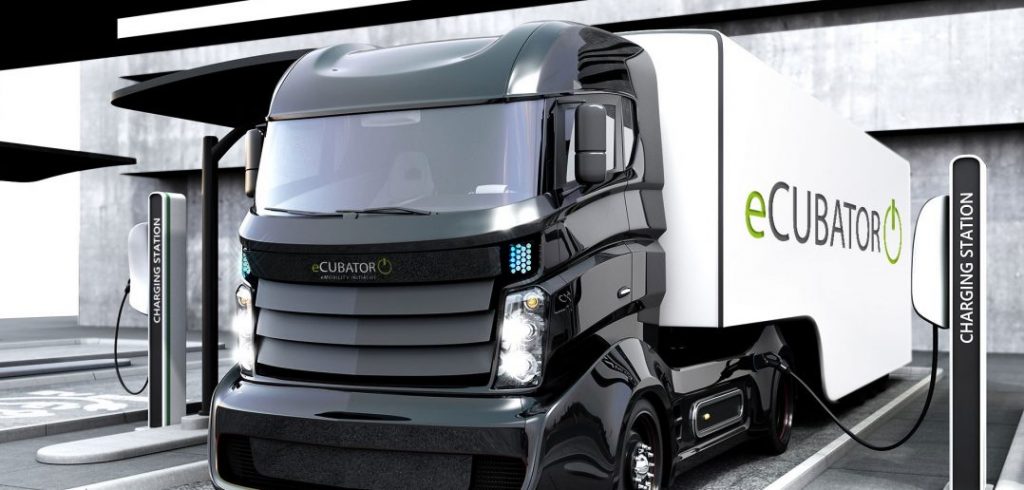German firm Knorr-Bremse, known for its vehicle braking systems but which is also involved in areas as diverse as vehicle electrification and exhaust gas aftertreatment systems, is to set up a new think-tank to address the needs of future EVs, called eCUBATOR.
The company claims the development unit will be characterized by an agile working environment, cross-functional teams and flat hierarchies. “For us the electrification of commercial vehicles is one of the major trends of the commercial vehicle industry in which we intend to participate,” explained Dr Peter Laier, member of the executive board of Knorr-Bremse responsible for the Commercial Vehicle Systems division.
“In order to drive forward solutions in this area, Knorr-Bremse has set up its own development unit, the eCUBATOR, separate from our conventional development operations, with some 60 in-house and external specialists. The aim of the eCUBATOR is to adapt our existing product portfolio to the mobility requirements of electric drive systems and, at the same time, to identify and generate growth opportunities for Knorr-Bremse in the wider field of electric mobility. The underlying goal is to support our customers with the electrification of their commercial vehicles.”
Based at external locations in Munich, Germany, and Budapest, Hungary, the company hopes the development unit will provide a space where, through unconventional approaches, innovative, intelligent solutions for electric commercial vehicles can be identified and then developed in close collaboration with customers, technology partners and startups.
Knorr-Bremse notes it has already developed a number of products for first-generation electric commercial vehicles. Its portfolio includes screw-type compressors for use in electric buses and trucks. The company has also channelled its experience with brake blending, involving interplay of the service brake, the retarder and an additional exhaust brake, into brake blending solutions for EVs.
With a view to second-generation EVs, which will enter the market from approximately 2025 onward, the company is working on solutions including future energy management systems, electromechanical actuators and enhanced functionalities related to vehicle stability and propulsion.


